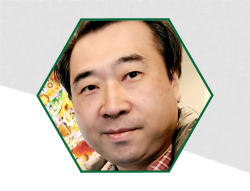In our surrounding industrial sites and equipment, various environments such as contact, collision, and friction between components lead to material wear. To prevent component wear in such special environments, materials with excellent wear-resistance characteristics have been developed and used, or methods to improve friction characteristics through anti-wear coating or lubrication on the surface of existing materials have been applied.
One recent approach that has been actively applied to enhance the wear-resistance characteristics of components is the Direct Energy Deposition laser additive manufacturing process. Conventional laser additive manufacturing processes directly implement three-dimensional structures of complex shapes, while the DED process has the advantage of selectively stacking the desired material, allowing for localized improvement of the wear-resistance characteristics of components.
In the automotive industry, the mold suffer from wear damage caused by impact and friction, and as the application of ultra-high strength steel plates increases, the lifespan reduction due to wear becomes more severe. Therefore, applying the DED laser AM process allows for the improvement of mold lifespan through localized repair and reinforcement of stress concentration areas that cause lifespan reduction. In addition, it is expected that cost-effectiveness can be achieved in various industrial sites by extending the lifespan of wear parts through repair and regeneration using DED process.
Keywords
- Directed Energy Deposition
- Laser Additive Manufacturing
- Press Mold
- Repair Process
- Ultra-High Strength Steel

